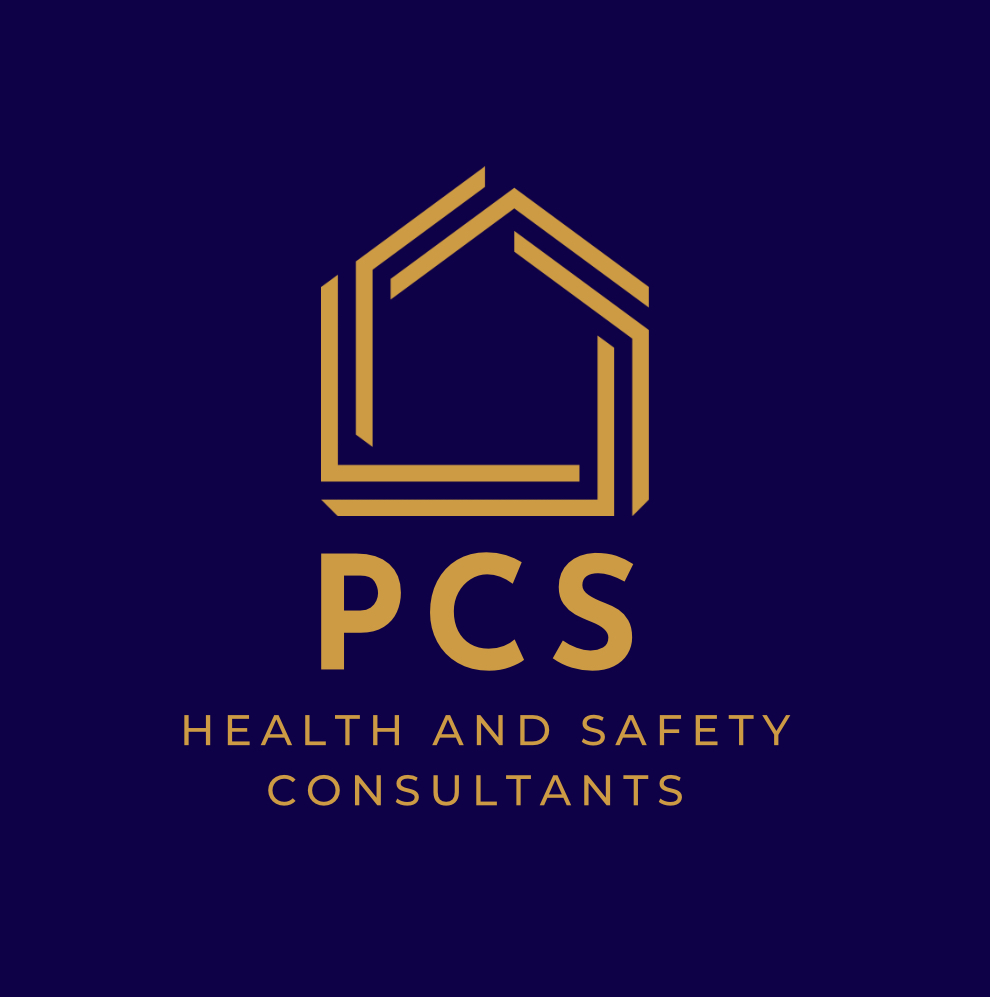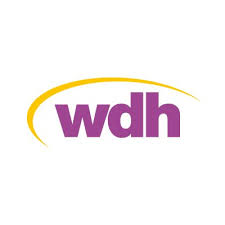Information
-
Document No.
-
Audit Title
-
Client / Site
-
Conducted on
-
Prepared by
-
Location
-
Personnel
-
Machine type
-
Machine Make
-
Machine model
-
Serial Number
-
Electrical Supply
-
Pneumatic supply
-
Hydraulic supply
-
New / old / relocated
Hazard Identification
Mechanical Hazards
-
Entanglement
-
Friction / Abrasion
-
Cutting / Shearing
-
Stabbing / Puncture
-
Impact
-
Crushing
-
Ejection of objects
Non - Mechanical Hazards
-
Fire
-
Explosion
-
Electricity
-
Pressure systems
-
Compressed air
-
Hydraulic supply
-
Stored Energy
-
Lifting equipment
-
Confined Spaces
-
Work at height
-
Fall of Object
-
Slips / Trips
-
Extremes of temperature
-
Asbestos
-
Biological Agents
-
Chemicals / Substances (Including dusts)
-
Ionising / Non-ionising radiation (Lasers / RF)
-
Manual handling
-
Vibration
-
Noise
-
Operation of vehicles
-
Safe loading and unloading?
-
Safe method of setting up?
-
Safe access and egress?
Suitability (Regulation 4) Integrity, Place and Purpose.
-
Is the equipment suitable by design, construction or adaptation for the work it is provided to do?
-
Is the location suitable for the equipment? E.g. electrical systems and moisture or DSEAR environment.
-
Does the equipment create other hazards through its use e.g. emissions resulting in decreased air quality?
-
Is the work equipment only used for operations for which it was designed?
-
Is the design compatible with human use? (Ergonomics)
Maintenance (Regulation 5)
-
Have maintenance personnel had relevant training (including specialised training) on the machine or safety system equipment?
-
Do they hold the correct competencies for the work required e.g. electrical, mechanical?
-
Is maintenance carried out regularly on the machine and at specified intervals?
-
Is the manufacturers planned maintenance system in place for the machine?
-
Is the equipment maintained so that its performance does not deteriorate to the extent that it puts people at risk?
-
Is there a maintenance log?
-
Is it up to date?
Inspection (Regulation 6)
-
Has the machine been subject to inspection after installation and before being put into service? (or will it be?) This includes after movement of location to ensure that is has been installed correctly and is safe to operate.
-
Have all components and process that present a significant risk been identified and designated as inspection points by a competent person? Does this include identification of exceptional circumstances which are liable to jeopardise the safety of the work equipment? (ACoP L22 Pg. 29 Para 158)
-
Are the inspection points documented and a schedule in place which includes the level of inspection required and the competent person(s) responsible for inspection?
-
Is there a HJ machinery safety check sheet for the machine or process in place?
-
Have all functional tests been identified and incorporated into the operational procedures?
-
Is there a process which allows the recording and storing of inspections i.e. procedures and forms?
-
Do the inspection reports contain all the required information as per ACoP L22 Pg. 29 Para 159?
-
Is there any statutory requirements for thorough examination under LOLER, COSHH (LEV), PSSR? If Yes state type
-
Has the machine got a valid electrical installation certificate?
-
Is the condition of the panel and field electric wiring safe?
-
Are there any portable appliances that require test certification and is it safe and secure?
Specific risks (Regulation 7)
-
Where possible, have risks present during normal operation and repairs / maintenance been controlled using the PUWER Hierarchy of control? Elimination, Hardware, Software, SSoW, IITS.
Information and instructions (Regulation 8)
-
Is there a HJ Risk Assessment for the machine or process in the place?
-
Is there a manufacturers operation procedure for the machine in the 1st language of the operator?
-
Is the correct documentation for the machine in place (manufacturers manuals)?
-
Are the electrical drawings up to date for the machine?
-
Are the pneumatic drawings up to date for the machine?
-
Are the hydraulic drawings up to date for the machine?
-
Are the mechanical drawings up to date for the machine?
-
Are relevant SOPs in place that provide detailed instruction to operators on normal and emergency procedures?
-
Is there information and instructions in place for supervisors and managers regarding the health and safety issues of the equipment?
-
Do these instructions show the conditions and methods by which the work equipment may be used?
-
Do the instructions include foreseeable abnormal conditions and the action to be taken if such conditions occur?
-
Have operatives / maintenance staff been consulted in the production of risk assessments and SOP's?
Training (Regulation 9)
-
Has a training needs analysis been carried out for the equipment which includes operators, supervisors and maintenance?
-
Have the operators had adequate safety related training to carry out the work?
-
Have the operational management team had suitable and sufficient training to ensure supervisory competence in the safe use of the equipment?
-
Where specific risks are concerned is access/use limited to only those operators / maintenance staff who have had suitable and sufficient training in use of the particular work equipment?
Conformity with community requirements (Regulation 10)
-
Is the equipment CE Marked?
-
Is there an EC Declaration of Conformity for each piece of equipment?
-
If several CE marked items are incorporated into a line, is there a Declaration of Incorporation?
-
Has the whole line been CE Marked?
-
Is there a Technical File and does it contain the required information?
Dangerous parts of machinery (Regulation 11) Guarding
-
Is it possible to access dangerous parts of the machinery?
-
Are measures taken to prevent access to danger zones?
-
Is guarding placed in accordance with the guarding hierarchy? (FIAT)
-
Are all guards securely held in place with correct fixings and of good construction?
-
Can the guards be opened during normal operation of the machine?
-
Is the guarding suitably positioned from the danger zone?
-
Does the guarding restrict the operators view?
-
Does the guarding interfere with normal operations?
-
Does the guarding allow sufficient access for maintenance operations without the necessity to remove the guards?
-
Are electronic sensitive devices adequate for their purpose and of the correct type (i.e., light guards)?
-
Are the electronic sensitive devices mounted correctly for stopping distances (i.e., light guards)?
-
Are appropriate measures adopted to stop people being trapped in the machine?
-
Does the machine, or the dangerous part, stop before access to the danger zone be achieved?
-
Are tooling speeds clearly marked and controls in place to prevent overspeed?
-
Are push sticks jigs, holders or other devices used to control hazards?
High or very low temperature (Regulation 13)
-
Are there any parts of the work equipment or any article or substance produced, used or stored in the work equipment at a high or very low temperature?
Controls for starting or making a significant change in operating conditions (Regulation 14)
-
Is it possible to start work equipment only by deliberate action, when it entails a hazard?
-
Does this also apply to restart it after a stoppage, when it entails a hazard?
-
Does this also apply for the control of a significant change in the operating conditions (speed, pressure, etc.) when it entails a hazard?
Stop Controls (Regulation 15)
-
Does the operation of any stop controls bring work equipment to a safe condition in a safe manner?
-
Is each work station fitted with a control stop to stop some or all of the work equipment?
-
When the work equipment or the dangerous parts of it have stopped, has all residual energy been removed?
-
Does the stop control take priority over any operating or start control?
Emergency stop (Regulation 16)
-
Are the emergency stops of the correct type and marked up correctly?
-
Are they positioned at each control point and any other appropriate locations?
-
Do the emergency stops function correctly?
-
Does the operation of any emergency stop control put any other persons in danger?
-
Is the emergency stop circuit hard wired?
-
Are any of the machine safety systems wired through the PLC system?
-
Is it clear that emergency stops must not be used as a normal stop function for the machine?
-
Where the emergency stop reduces the amount of time taken to stop the machine, does this reduction in time increase any other hazards?
-
Does it have priority over any other control?
Controls (Regulations 17)
-
Are control devices located in such a way that their operation cannot cause additional hazard?
-
Are control devices located outside danger zones?
-
Does the operator have visual access around the machine from the operating position?
-
From the main zone control position, is the operator able to ensure that no person is present in the danger zones?
-
Are the controls positioned correctly to prevent inadvertent or accidental operation?
-
Are all control devices clearly visible, identifiable and appropriately marked?
-
Do the control devices give rise to any hazard as a result of any unintentional operation?
-
Is the control cabinet positioned to allow safe access and sufficient cooling?
-
Is there an audible and/or visible warning signal given automatically whenever the machinery is about to start to alert others?
Control systems (Regulation 18)
-
Is there functional test results available for control systems?
-
Do the control systems fail to safe?
-
Is there a start control procedure?
-
Are the operator stations provided with two hand starts if required?
-
Will the machine restart automatically?
-
Are all safety units fitted to the machine/control panel fit for purpose?
-
Can any of the safety devices be by-passed within the operation of the process?
-
Does the operation of the start control create or increase any risk to health and safety?
Isolation from sources of energy (Regulation 19)
-
Is there a safe means of isolation for the hydraulics?
-
Is there a safe means of isolation for the pneumatics?
-
Is there a safe means of isolation for the electrics?
-
Is there a safe lock-off procedure for operators on the machine?
-
Is there a safe lock-off procedure for engineers on the machine?
-
Are these means to isolate it clearly identifiable and readily accessible?
-
Does reconnection cause hazards to health and safety?
Stability (Regulation 20)
-
Is the equipment stable and secure?
-
Is there adverse vibration on the machine or part of the machine that could affect stability in time?
-
Are removable/moveable parts of the work equipment stable, or can they be made stable by clamping or otherwise?
Lighting (Regulation 21)
-
Has a lighting survey been carried out within the area of the machine?
-
Is lighting sufficient for the type of operations?
-
Is portable or integral light supplied and is it in working order?
Maintenance operations (Regulation 22)
-
Has a risk assessment been carried out for maintaining plant and equipment?
-
Are SOPs in place for engineering maintenance?
-
Are SOPs in place for operational maintenance?
-
Is it possible to shut down the work equipment completely to carry out maintenance operations?
-
If this is not possible, is it possible for such operations to be carried out outside the danger zone? Is there a need to use temporary guards?
-
Are there instructions to take appropriate protection measures?
-
Are there any limited movement controls that may affect safety?
Markings (Regulation 23)
-
Are pipes and vessels marked with their internal substances and direction of flow?
-
Are suitable markings in place for operations and maintenance e.g. tooling speeds, stop / start controls?
-
Are all markings and signage compliant with current statutory requirements?
-
Are statutory markings e.g. SWL, Pressure ratings correct and clearly identifiable?
-
Is there identification of any hazardous substance in any storage or feed hoppers?
Warnings (Regulation 24)
-
Are relevant warnings posted?
-
Is there a delayed start on the machine?
-
Does it have a visual warning system?
-
Does it have an audible warning system?
-
Is the warning system working?
-
Are such warnings easily perceived and understood?
-
Are warnings concerning residual risks supplied?
Howden Joinery Compliance
-
Does the machine meet the HJ specifications?
-
Do the operational controls (risk assessments, SOPs, training) meet the HJ specifications?
-
Do the operational controls (risk assessments, SOPs, training) comply with current SHE Legislation (UK & European Law)?
Comments / additional notes
-
Comments
-
Sketches
Recommendations for Remedial actions / key concerns
-
Short Term
-
Medium Term
-
Long Term
Initial sign off
-
We declare that an initial assessment has been carried out in accordance with PUWER 1998 and the machine / equipment / plant / vehicle does not fully comply with PUWER 1998 and HJ Standards and the corrective actions listed must be carried out before full operational use. This assessment must be reviewed after the actions have been completed.
-
Lead Assessor
-
Engineering Manager
-
SHE Advisor
-
Operations Manager
-
Operator / Safety Rep
Final Sign off and acceptance
-
We hereby declare that we have inspected this machine / equipment in accordance with the Management of Health and Safety at Work Regulations 1999 Regulation 3 and The Provision and Use of Work Equipment Regulations 1998 and in our opinion deem it to be in a safe and suitable condition and authorise it to be placed into operation in its intended use.
-
Lead Assessor
-
Engineering Manager
-
SHE Advisor
-
Operations Manager
-
Operator / Safety Rep













